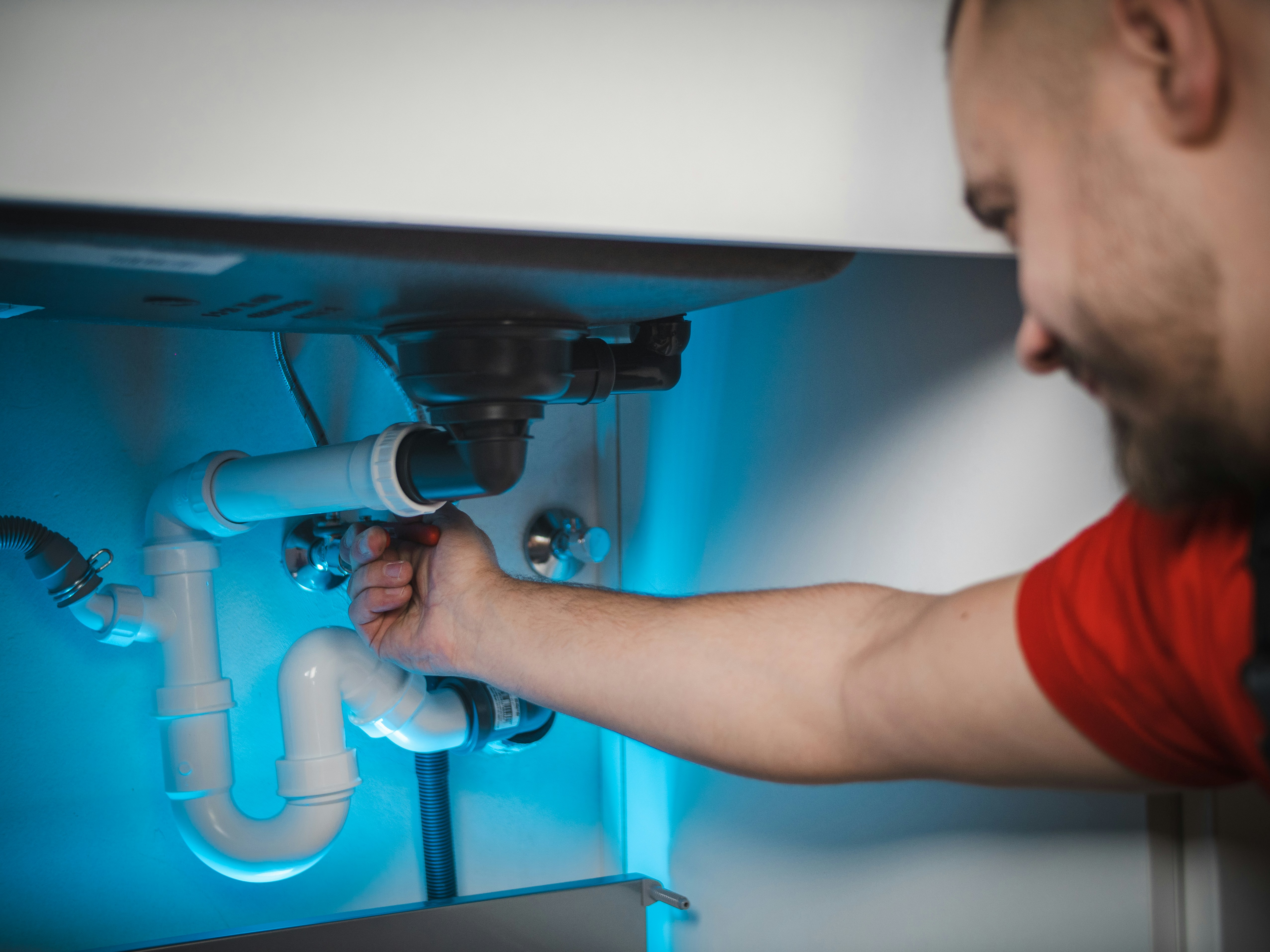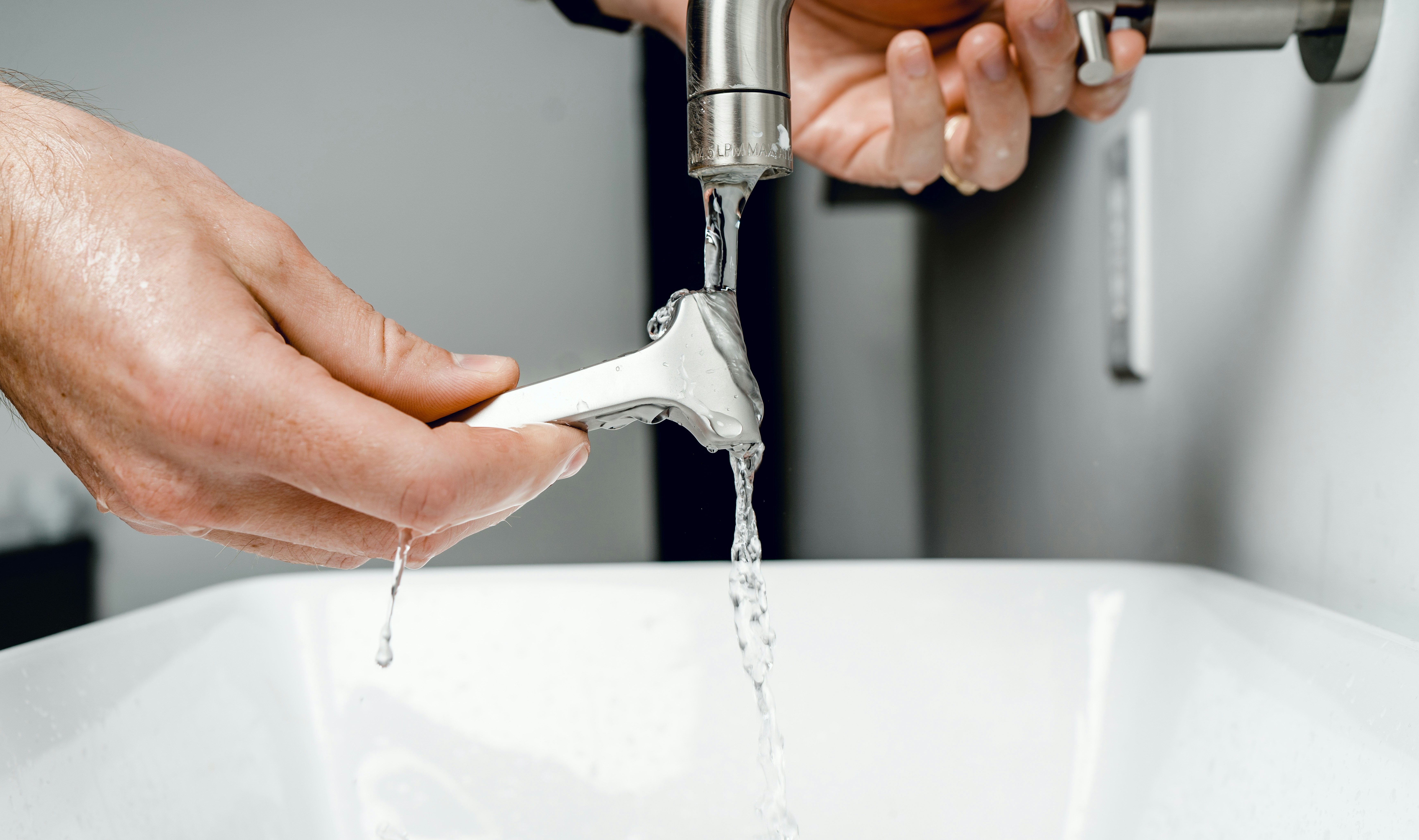
Ensure your submersible pump operates efficiently by avoiding common installation mistakes. Learn essential tips for proper setup and maintenance.
The submersible pump is an essential piece of equipment for draining wastewater, draining basements, or supplying water from a well. However, incorrect installation can compromise its efficiency, reduce its lifespan, and result in significant repair costs. In this article, we'll show you the most common installation mistakes to avoid to ensure that your submersible pump works properly.
Choosing a pump that is not suited to your needs
Selecting a submersible pump that is right for your specific use is crucial. For example, a pump designed for clear water will not be suitable for contaminated water containing solid particles or debris. Likewise, the discharge height and the required flow must be taken into account to avoid motor overload or insufficient efficiency.
Neglecting the tightness of electrical connections
Electrical connections must be perfectly watertight to prevent any risk of short circuit or electric shock. Use waterproof connection boxes and cables that are suitable for immersion. Also, make sure that the gaskets are properly installed and in good condition.
Installing the pump without an adequate cooling system
Some submersible pumps require a constant flow of water around the motor to ensure cooling. If the pump is installed in a tight space or without a cooling jacket, it can cause overheating and damage to the motor. Be sure to follow the manufacturer's recommendations for cooling.
Omit the installation of a check valve
The absence of a check valve can cause water to backflow when the pump stops, which can cause damage to the pump and lines. Installing a check valve on the discharge line is essential to protect your system and ensure efficient operation.
Not securing the pump properly
A poorly secured pump can move, cause excessive vibration, or damage lines. Use appropriate supports to keep the pump in position and reduce vibration. Also, make sure the lines are properly aligned to avoid mechanical stress.
Ignore installation site conditions
Prior to installation, assess site conditions, such as water depth, presence of sand or debris, and soil stability. These factors can influence pump selection and installation precautions. For example, in a sandy well, the use of a filter is recommended to avoid the suction of abrasive particles.
Do not test after installation
After installation, it is important to test the system to ensure that the pump is working properly and that all connections are watertight. Check flow, pressure, and the absence of leaks. A thorough test makes it possible to quickly detect and correct any potential problems.
By avoiding these common mistakes, you will ensure a successful installation of your submersible pump, thus ensuring its performance and longevity. For a professional and standard-compliant installation, do not hesitate to call on the Plomberial team. Our experts are at your disposal to advise you and create an installation adapted to your needs.


